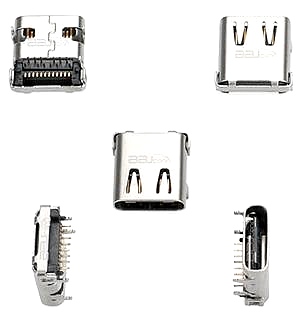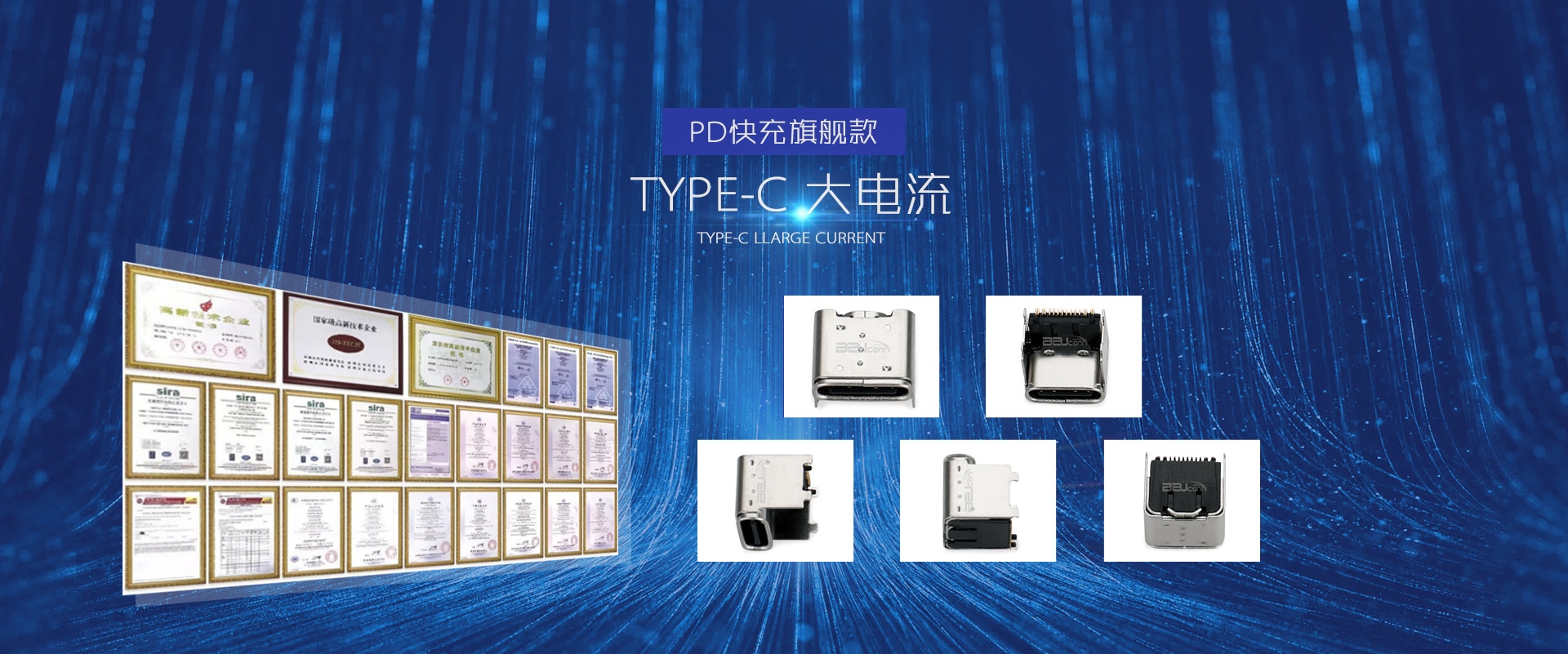Innovative exploration of USB TYPE-C chip design and circuit design
USB TYPE-CSince its introduction, the interface has quickly become a standard interface in electronic devices due to its high performance and convenience. USB TYPE-C not only supports high-power transmission, but also has functions such as data transmission, video output and bidirectional power supply. Therefore, USB TYPE-C C chip design and circuit design have become the focus of engineers. This article will deeply explore the innovations and challenges of USB TYPE-C chip design and circuit design from multiple aspects.
The first thing that must be addressed in the design requirements of USB TYPE-C is its efficient data transmission capability. The USB TYPE-C interface can achieve a data transmission speed of up to 40Gbps, which requires the corresponding chip to have powerful data processing capabilities. USB TYPE- The design of the C chip must not only pay attention to the configuration of the data channel, but also consider the signal integrity and anti-interference ability. In order to achieve high-speed transmission, design engineers usually use differential signaling technology to reduce signal loss and interference during the transmission process, thereby Ensure data accuracy and stability.
The power management of USB TYPE-C is another key design element. The USB TYPE-C interface can provide up to 100W of power and supports fast charging and power supply. This requires USB The TYPE-C chip has efficient power management capabilities and can dynamically adjust the output voltage and current. When designing, engineers need to consider factors such as power conversion efficiency, thermal management, and protection mechanisms. By using advanced power management ICs (PMICs), Achieve more efficient power conversion, while adding protection circuits to prevent overvoltage, overcurrent, short circuit and other faults.

USB TYPE-C also supports the "reverse plug" function, that is, it can be used normally no matter how the plug is inserted. This feature increases the complexity of the design. In order to achieve this function, USB The TYPE-C chip design needs to support bidirectional data transmission and power supply. This requires the chip to automatically identify the type of connected device and adjust its working mode accordingly. This intelligent recognition capability not only improves the user experience, but also puts forward suggestions for the chip's control algorithm. To meet higher requirements, engineers usually use complex state machines and algorithms to implement this function to ensure reliable operation in various usage scenarios.
In the circuit design of USB TYPE-C, signal integrity and electromagnetic compatibility (EMC) cannot be ignored. The attenuation and reflection of high-speed signals during transmission will seriously affect the reliability of the data. Therefore, designers need to use reasonable wiring and grounding technology to optimize signal transmission. Using appropriate PCB materials and design layout can effectively reduce signal crosstalk and noise. In addition, USB TYPE-C equipment usually needs to comply with international standards to ensure its compatibility in different environments, which requires full consideration of EMC requirements during design.
The market demand for USB TYPE-C is growing day by day, which brings broad prospects for chip design and circuit design. However, in the face of the rapidly changing market environment and evolving technology, design engineers need to continue to innovate and find better solutions. Solution. In the future, with the continuous evolution of USB TYPE-C technology, it is expected that more intelligent and integrated chip designs will appear to further improve user experience and device performance.
In short, the chip design and circuit design of USB TYPE-C is an area full of challenges and opportunities. Through continuous technological innovation and design optimization, USB TYPE-C will continue to lead the connection and charging revolution of electronic devices. Future designs will be more Focus on efficiency, intelligence and compatibility to meet increasingly diverse market needs.
